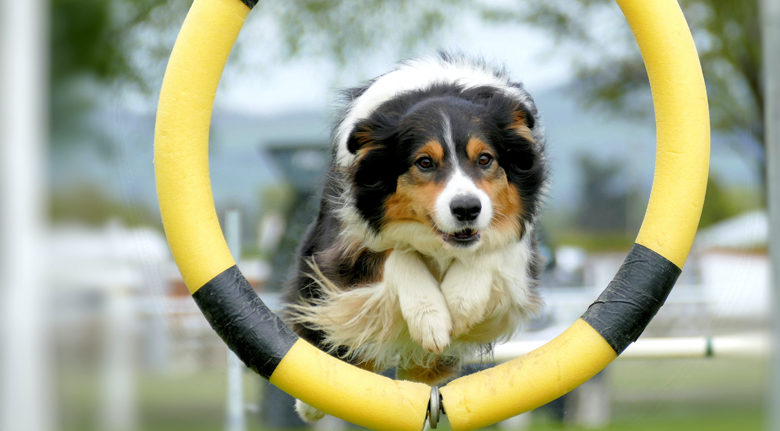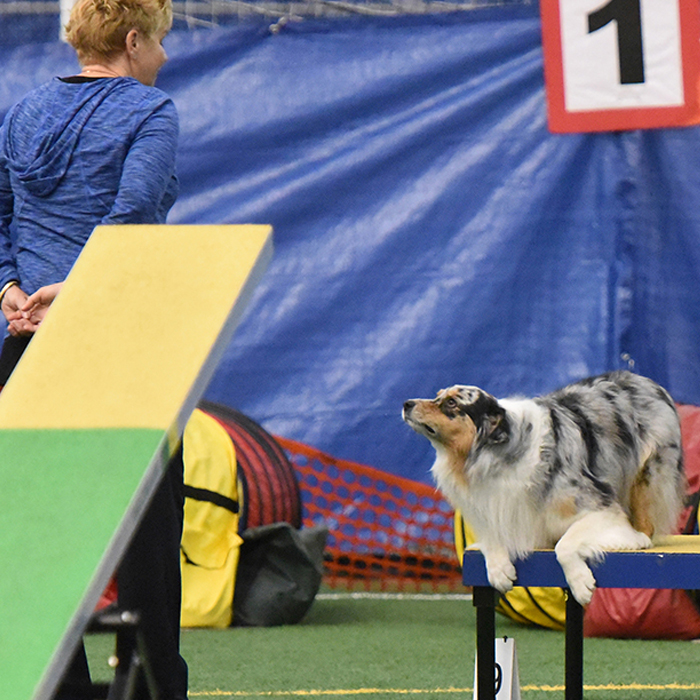


If you’re a dog-parent is the case, then you need to know that responsible ownership in addition to positive training and greater understanding make a huge difference in ensuring the well-being that your dog is a member of your family.
We spoke with Paramita Das, a canine trainer and behaviorist from Kolkata, to discuss how to handle dog behavior issues as well as the increasing opportunities in the dog training bangkok field of dog behavior and canine behavior.
What exactly is it that is the task of the dog behaviorist?
Paramita Das Dog behaviorists help pet owners help them comprehend the issues with their pets. They also implement a programme to assist in addressing and managing these issues. In order to do this, these experts analyze the behaviour patterns of dogs, study the interactions among dogs and owners, and interpret and observe the body language of dogs in different settings.
What brought you into this field?
PD: After over two decades working in the world of work I decided to pursue my love for dealing with dog owners. I realized that in addition to my love for dogs, it’s essential to understand the breed better since they are distinct from humans.
Once I completed my first canine trainer’s training course, I was determined to help pet owners to train their dogs with gentle and positive methods. My goal was to ensure that both the dog and its pets can enjoy a a great life together. Then, I went on to complete courses regarding canine aggression and behavior and aggression.
What are the daily tasks in this job?
My day-to-day activities include training young puppies and adult dogs to be good pet companions, teaching dogs to play games, working with families facing difficulties with their dogs’ behaviours. I also work with chewing and destructive behavior as well as separation anxiety issues. behavior that is arouses attention, toilet training, fear issues, leash walking and aggression issues.
What’s the most challenging issue you’re facing?
PD: While a majority of people believe that dogs are responsible for the issue, a lot of the issues stem from pets owners. There is an inadequacy of understanding of why dogs behave a certain way and how humans may have contributed to this behavior. In today’s hectic and bustling pace of life, both time and patience levels are at a minimum. This is among the major difficulties. Once the family is invested in working with animals in a structured manner, the process becomes more smooth.
Can you describe the procedures you use when dealing with a dog that has behavioral issues?
PD: I usually employ techniques to help the pet family understand the reasons why their dog is exhibiting behavioral issues. It is essential that your family members participate in training for obedience so they can ensure that their dog obeys at all times and in a manner that is acceptable. Pet owners should have some influence on their dog’s behavior in an acceptable manner. My job is to implement an initiative to improve the bond between pet owners and their family members.
What are some common mistakes pet owners make while engaging with their dogs?
Many pet owners consider their dog to be humans or a toy. Dogs are living being — distinct from other species. Human beings are primates while dog breeds are called canids. Although dogs are our best friends, some dog owners should recognize that they belong to another species. It is therefore crucial for them to understand the dog’s species. Families need to be aware of the dog breed and use that information in a positive manner.
What advice would you give to anyone who wants to bring an animal back to the home?
PD: Recognize that the dog is distinct species and be prepared to devote a significant amount of time and effort. Be aware of your dog’s behavior– teach the puppy acceptable behavior, take him/her for walks, play appropriate games with him/her and be involved in activities that he/she is interested in.
Prepare yourself for financial obligations such as vet costs, expenses in the event that your dog is sick grooming costs as well as boarding fees when you are away, relocation costs. You also need to put an emergency plan ready in case of any emergency.
Overall, I believe it is important to prepare yourself for a long-term commitment of 12 to 14 years in the process of bringing dogs. We can pursue our individual interests and hobbies but a dog’s reliance is upon the human family to give him/her a great life. Let’s not disappoint your pet in that.
What would be your advice to young people who already own a pet?
PD: Take part in your dog’s life. Be a part of the activities your dog actually enjoys. If you own Labradors, go to the pool. If you own an Beagle or Indie go with them to play scent-based games at the park. Spend quality time with your pet to develop strong bonds. Enjoying your time together is all that is important.
What would be the academic and professional paths to follow if one would like to become a dog trainer or behaviorist?
It is possible to take PD courses which can be pursued in order to obtain the knowledge and skills required to become a professional dog behaviorist. I have pursued courses conducted by Shirin Merchant who is among leaders in the field of dog behavior and instruction in India. I also took courses with John Rogerson, who is an internationally renowned trainer of dogs and behaviorist. They both Shirin and John utilize gentle and positive methods of training, which focus on establishing a solid relationship between the dog and his/her family.
What are the careers one can choose to pursue while doing work with dog?
PD: There are a lot of possibilities in this growing field. People are becoming more aware about the necessity of taking their pets to specialists nowadays. The roles of a vet groomer, trainer and behaviourist are some of the most frequently used options. You could also operate a boarding centre for dogs. Working with animals and volunteering at shelters is another possibility. If you are trained properly you could also be a pet nutritionist.






